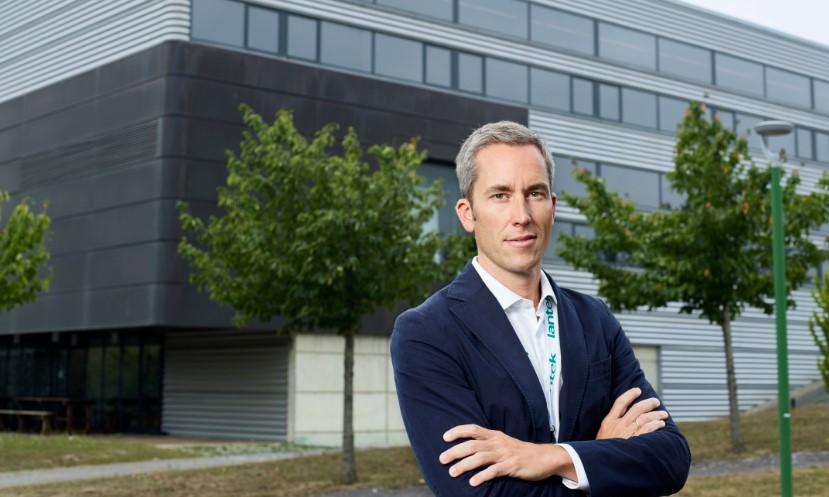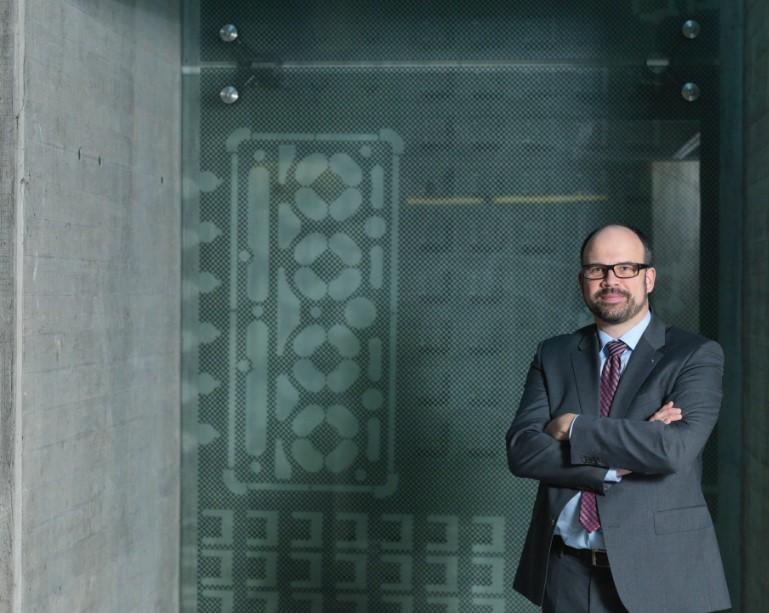
Alberto López de Biñaspre, CEO of Lantek, based in Vitoria-Gasteiz, Spain, explained that, with the new TRUMPF partnership, the company’s existing relationships with machine tool vendors will not change.
In early spring a major machine OEM purchased a major software company, an acquisition that, if projections from sources come to fruition, could represent an inflection point in the sheet metal industry—a move toward interconnectivity and away from the walled garden. On March 18 TRUMPF announced its purchase of and new partnership with Lantek. Financial details behind the transaction were not disclosed.
“Ten years ago we thought of TRUMPF as a company driving the sheet metal market with technology. At that point we thought, ‘It must be our own software, and everything must be developed by TRUMPF technicians and engineers.’ This mindset has changed. We started this transformation several years ago [in 2014] with [the acquisition of] Metamation … For us, it’s all really about the transformation toward servicing the entire process chain, toward openness, and toward the cloud.”
So said Ditzingen, Germany-based Tom Schneider, managing director of machine tool development at TRUMPF. He added that just as Metamation has remained an independent business unit of TRUMPF, so will Lantek.
“We see the market as an evolving one,” said Alberto López de Biñaspre, CEO of Lantek, based in Vitoria-Gasteiz, Spain. “We’re now seeing a new kind of openness in the sector, and this will continue. It will give customers more freedom to select and move into cloud solutions. Such openness also means we can cover every aspect of the business. This is not a product business [focused on just one manufacturing step or technology]. This is now a solution business, and that is something that’s here to stay.”
According to sources, Lantek will maintain its existing relationships with more than 120 machine tool builders, from the very largest to smaller niche players. It will also maintain its customer-direct sales channels. As López de Biñaspre explained, “Letting machine OEMs compete in the market is something that is core to Lantek. The multivendor strategy will continue. And we will continue to be an enabling solution provider to make connections [between different machines and systems] possible.”
The acquisition and, perhaps more significantly, the companies’ views toward openness and interconnectivity could point to a coming sea change in the sheet metal machine tool business. Industry 4.0, the digital factory, machine learning, and artificial intelligence (AI) all share one requirement: Competing technologies need to be able to connect easily, ideally using a common platform.
A laser might cut at incredible speeds, an automated bending machine might triple the forming department’s throughput, and a laser or arc welding system might reduce the need for finishing and send productivity through the roof, but how do these work within the overall business, from the first quote to the final shipment? For fabricators to see the whole picture, their machines need to connect and communicate, ideally at a deep level. The digital factory can’t come to full fruition in the shadow of a Tower of Babel.
Both TRUMPF and Lantek are proponents of umati, or the universal machine technology interface, which aims to provide a common communication platform. Working from this platform, different machine OEMs still can build functionality that differentiates them from competitors. But the platform does provide a common foundation so that, at least for certain functions like machine stop, machine run, material is missing, machines of different brands will send identical signals and speak the same language.
“Five years ago [umati began] within a small German group of machine tool builders,” Schneider said. “Five years later, it’s a world standard for connecting machines in sheet metal.”
According to López de Biñaspre, Lantek’s aim in the acquisition was to be able to tap into TRUMPF’s resources, especially in the field of AI. “If we can join forces to build this infrastructure, that can be something provided to the market where everyone can build on. It still won’t hinder other [machine] OEMs or customers to make their own decisions with their products.”
Proliferation of the ideas behind Industry 4.0, Schneider said, will require a common communication platform. “Where do I see the sheet metal business in 10 years? I believe there will be a common, cloud-provided open standard for the process chain itself, where every machine builder can easily connect its machines, and where customers have the power of choice to find the right software solutions.”
According to sources, this new reality can’t happen in a walled garden requiring specific machine and software brands. That’s because fabricators transitioning toward the digital factory can’t look at specific fabrication processes in isolation. They need to look at the entire enterprise.
“The approach in the sheet metal business no longer will be about a single item in the process,” López de Biñaspre explained. “It will be about the whole business.”
“We strongly believe in an open future,” Schneider added, “because in this way the community will get stronger. The differentiation is within the process, and the customer drives the process. This makes every fabricator unique. So, we at TRUMPF, as machine tool builders, and those at software providers like Lantek have to open up our systems so our customers can succeed. It’s our obligation to provide an open ecosystem. If we limit them, they cannot be successful.”






